Free Garden Design Ideas That You Don’t Know
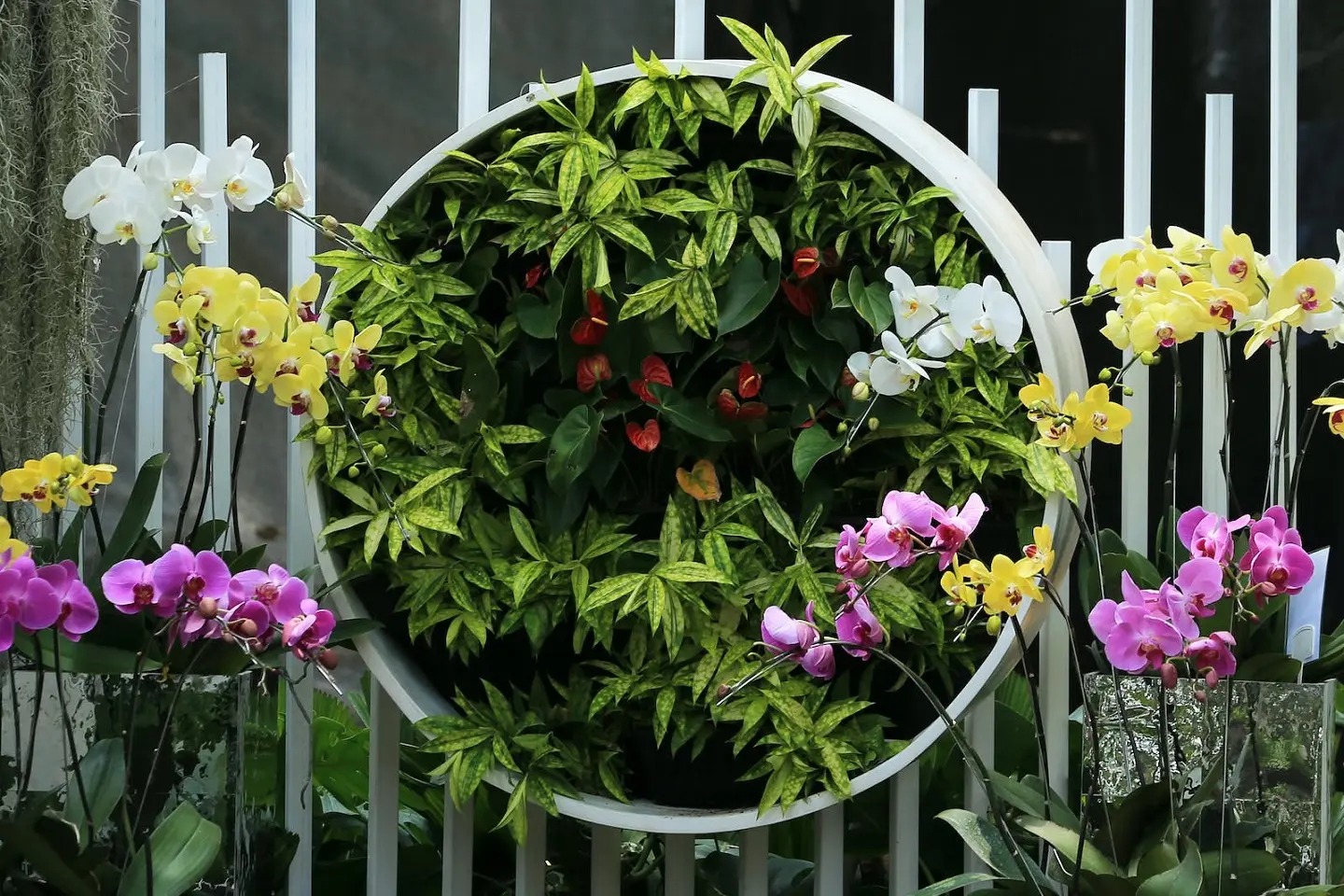
Designing a garden is a unique art form where nature doubles as both the backdrop and the palette and ranges from a small backyard oasis to a sprawling botanical wonderland. The garden layout can change a simple plot of earth into a peaceful haven or a vibrant playground. This article will delve into the intricate facets of garden design layout, revealing endless possibilities to create appealing and practical outdoor spaces.
Understanding Your Space: Mapping Your Area
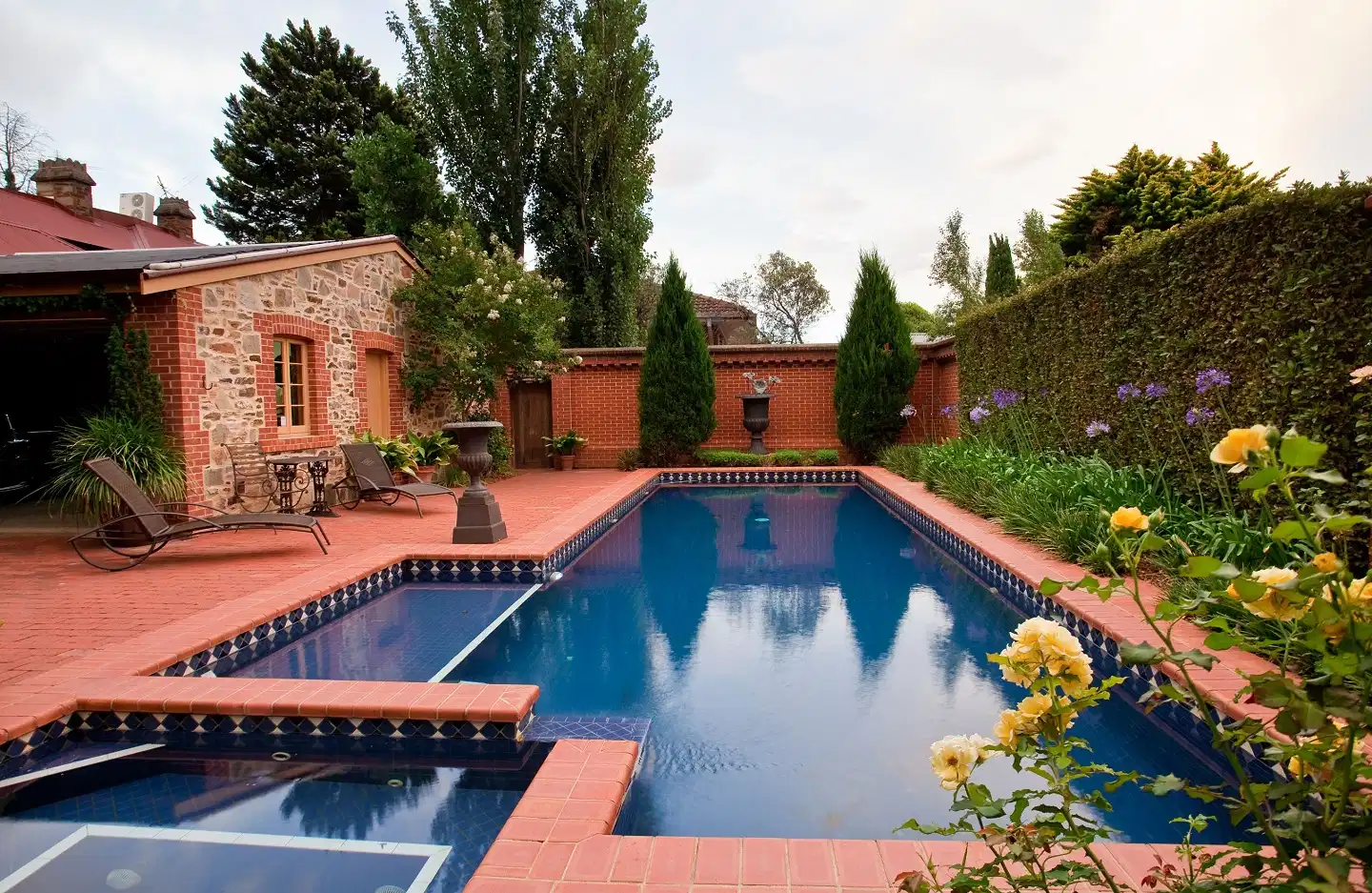
The journey to every masterpiece begins with understanding the canvas. This canvas is your open-air territory for garden design – encompassing the soil, weather, sunlight exposure, and water access. Each of these elements is crucial in creating the layout. The first step is carefully inspecting the site, noting existing features like slopes, mature trees, or manufactured structures.
Every space offers potential. A sunny spot could become a fruitful vegetable garden, a shady corner could become a vibrant fern-filled sanctuary, and a small patio might become a cozy outdoor seating area adorned with potted plants. The key is to observe and appreciate the uniqueness of your canvas.
Discover the ideal exterior design for your house.
Harmony and Contrast: Choosing the Right Plants
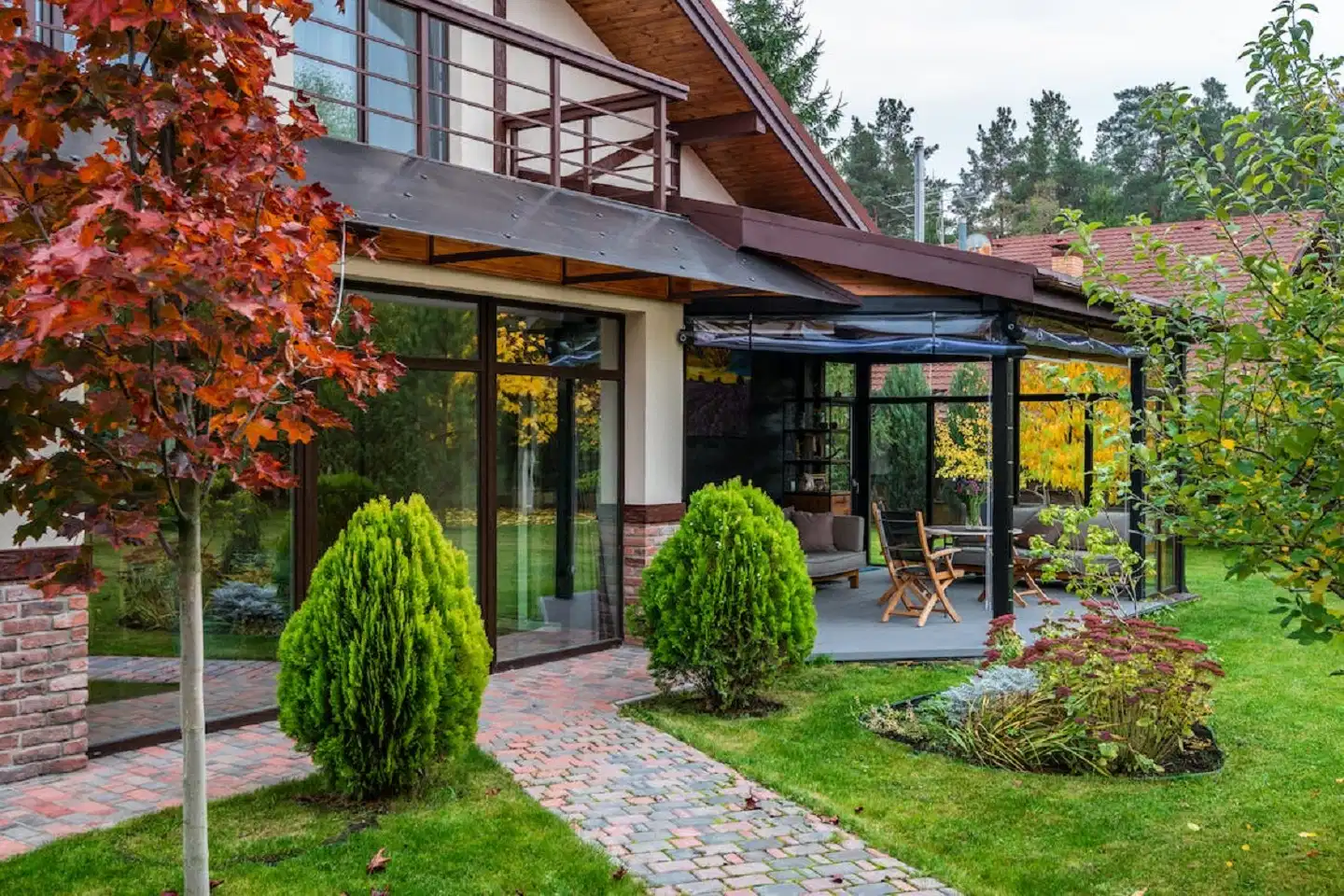
With your canvas outlined, the real creativity begins – picking the plants. This process involves choosing plants that will thrive in your garden’s conditions and contribute to a visually balanced aesthetic, where garden design plays with ‘harmony’ and ‘contrast.’ Harmony in a garden is achieved by using plants with similar shapes, colors, or textures, thus creating a visually pleasing and unified design. Conversely, contrast introduces excitement and novelty by placing different shapes, colors, and textures side by side.
Rhythm and Flow: Guiding the Viewer’s Eye Through the Garden
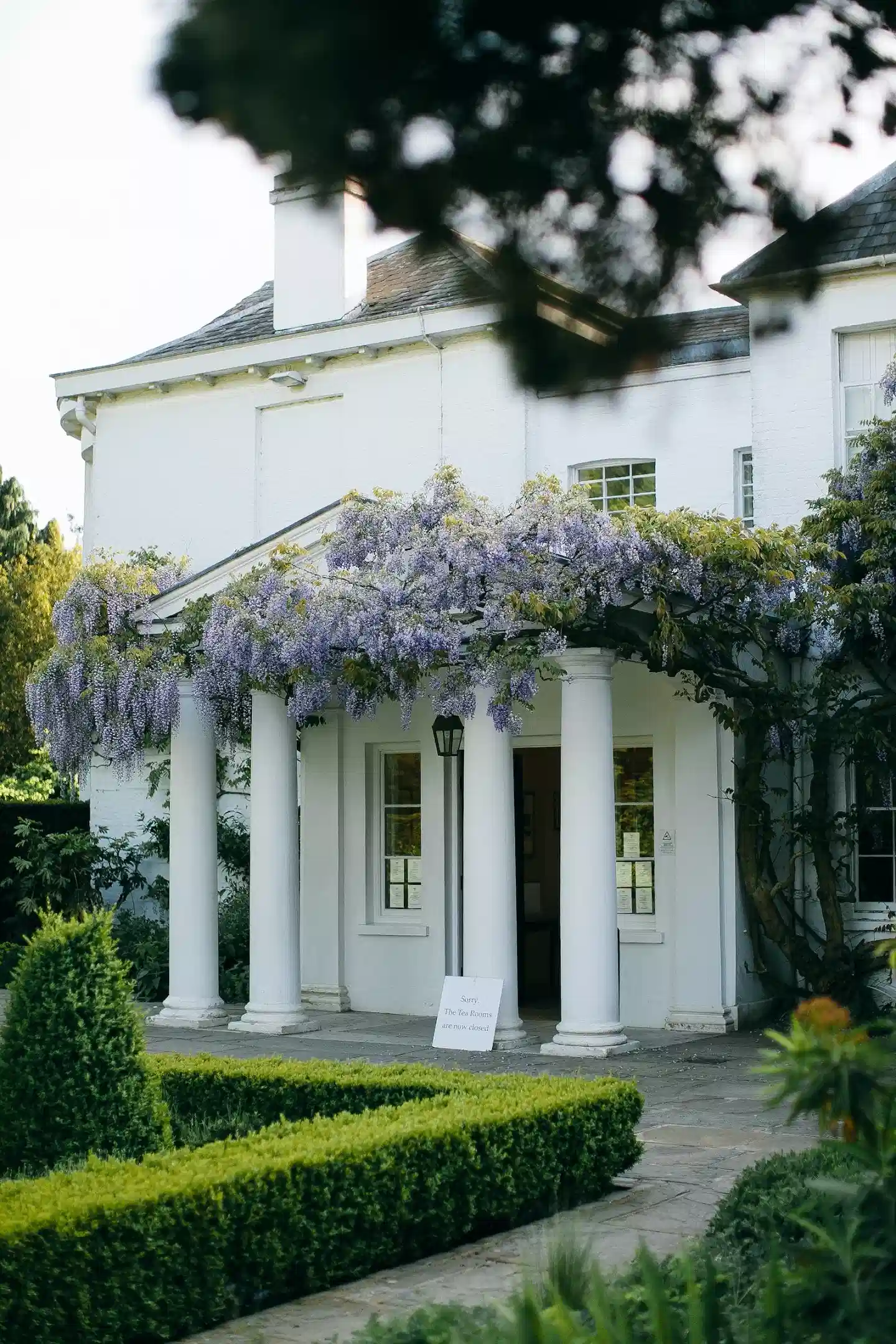
An effective garden design layout is about individual elements and how they interact to create rhythm and flow. A well-planned garden guides the viewer’s eye across the space, creating a journey of discovery.
Rhythm can be created by repeating certain elements or colors throughout the garden, thus promoting a sense of unity and flow. Flow, in turn, can be achieved by strategically placing plants, paths, and focal points that guide the viewer’s eye. Meandering paths, for example, can create a sense of mystery and anticipation, while straight paths offer clear, defined views.
Highlighting Key Features: Making a Statement
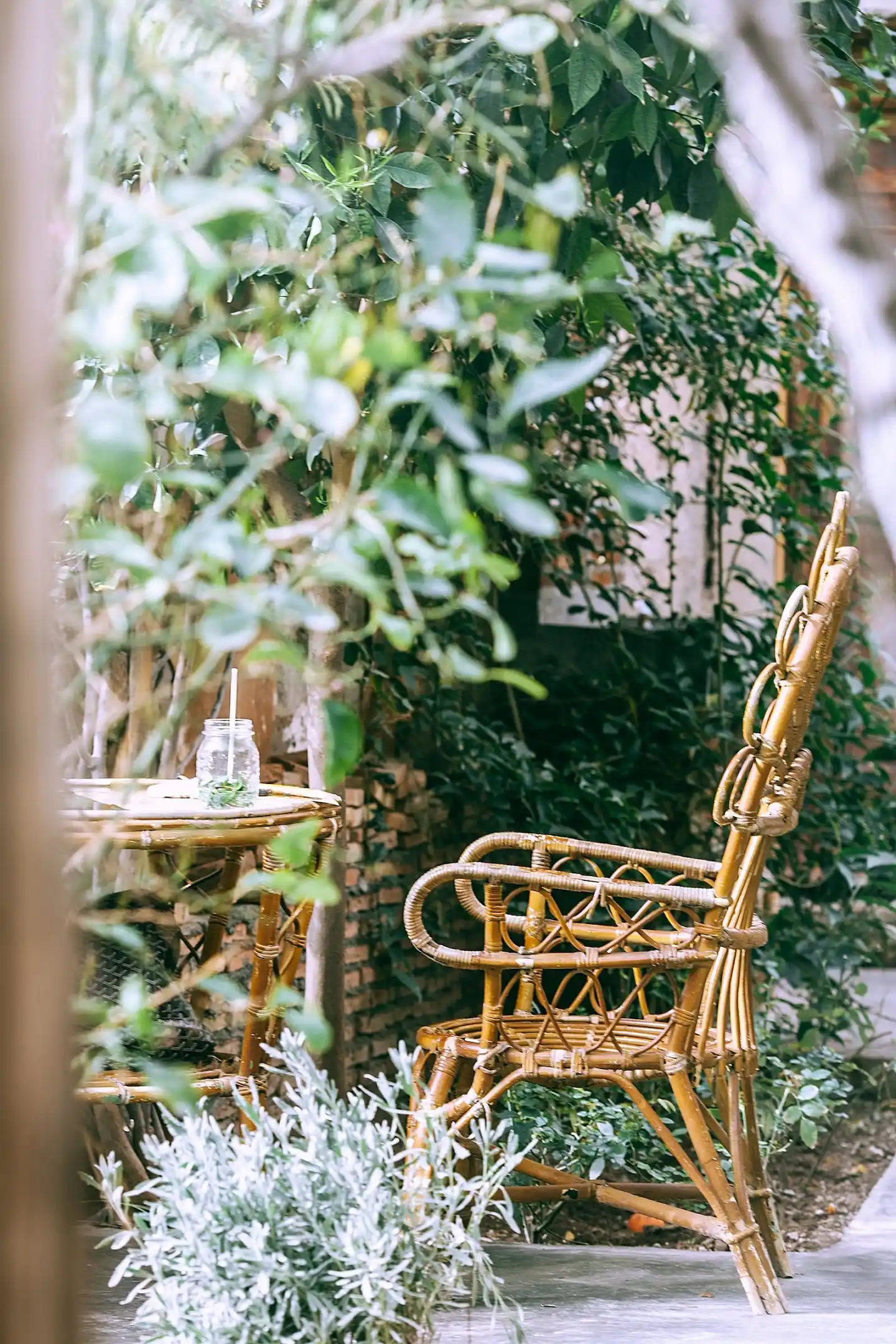
The focal point of a garden design layout is similar to the climax of a story – it captures attention. It makes a statement using a standout tree, a sculpture, a water feature, or a colorful flower bed. Strategically placing focal points can greatly influence how the garden is viewed and experienced. They can draw the eye to a certain area, create a sense of depth, or distract from less appealing parts of the garden.
Balancing Beauty and Functionality: Practical Considerations
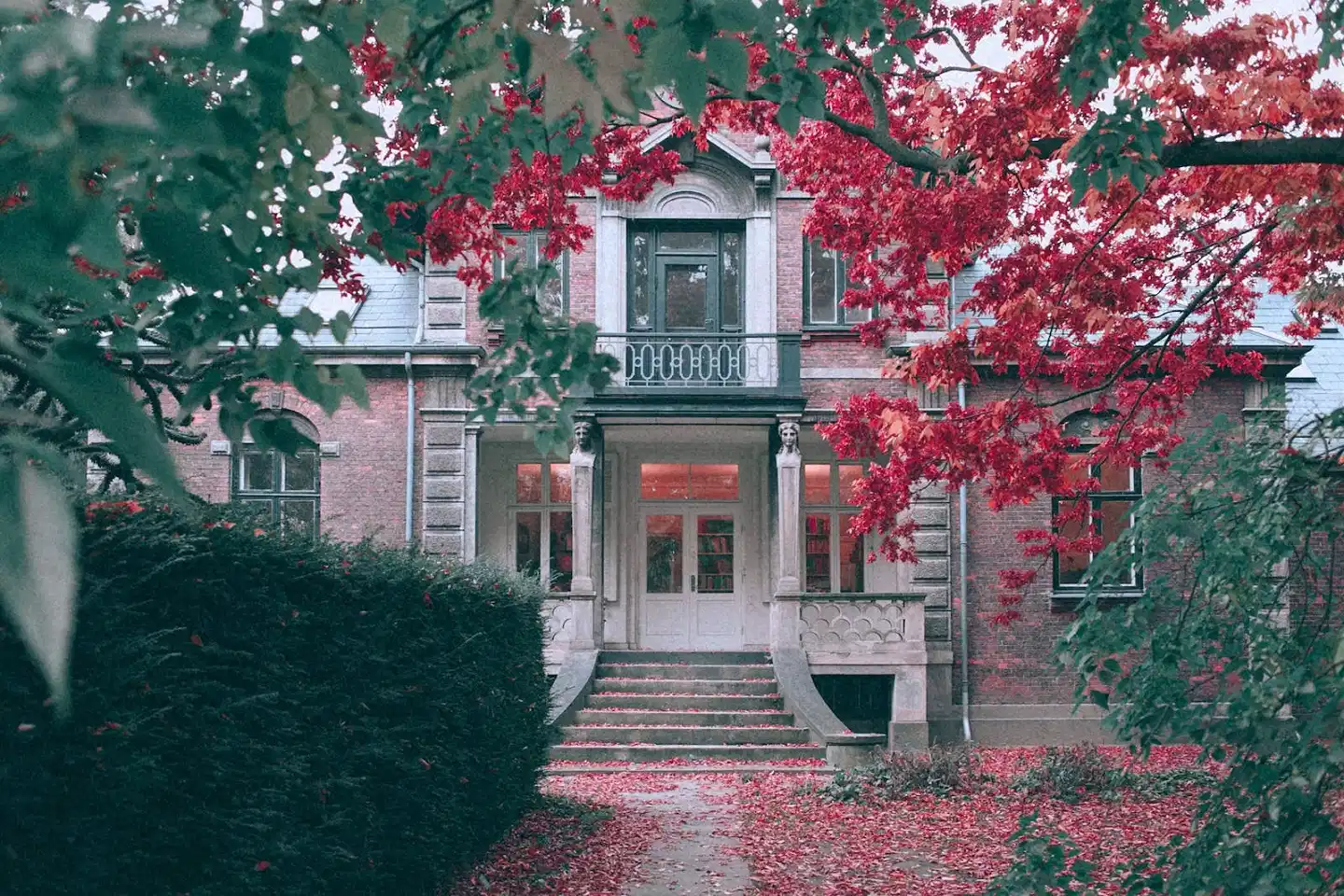
While the art of garden design layout focuses heavily on visual aesthetics, practical considerations should be noticed. Garden paths should allow for easy movement, seating areas should be placed where they are most useful, and plants should be chosen for their visual appeal, durability, and ease of care.
Understanding Design Elements: Line, Form, Color, and Texture
Embarking on the garden design journey requires understanding the design elements – line, form, color, and texture. Lines can bring structure, guide movement, or suggest direction. Forms involve the shape of plants and structures, which can set the garden’s mood. Color can evoke emotional responses, create illusions, or highlight and downplay elements. Texture refers to the surface quality of plants, structures, or even paths, adding depth and richness to the garden. Combining these elements is key to creating a satisfying and balanced garden design layout.
The Flow of Time: Embracing Change and Sequential Planting

In the world of garden design layout, time plays a unique role. Gardens are living spaces that evolve with the shifting seasons, flaunting various colors, smells, and forms throughout the year. Incorporating this changeability can add depth and movement to your garden design.
Sequential planting, which allows different plants to take center stage as the seasons roll on, ensures your garden maintains its charm and mystery all year. A tree that blossoms in spring, a bush that bursts into color in the fall, or a perennial that adds structural interest in winter creates a garden that genuinely appreciates the rhythm of time.
Conclusion: The Constantly Changing Beauty of Garden Design
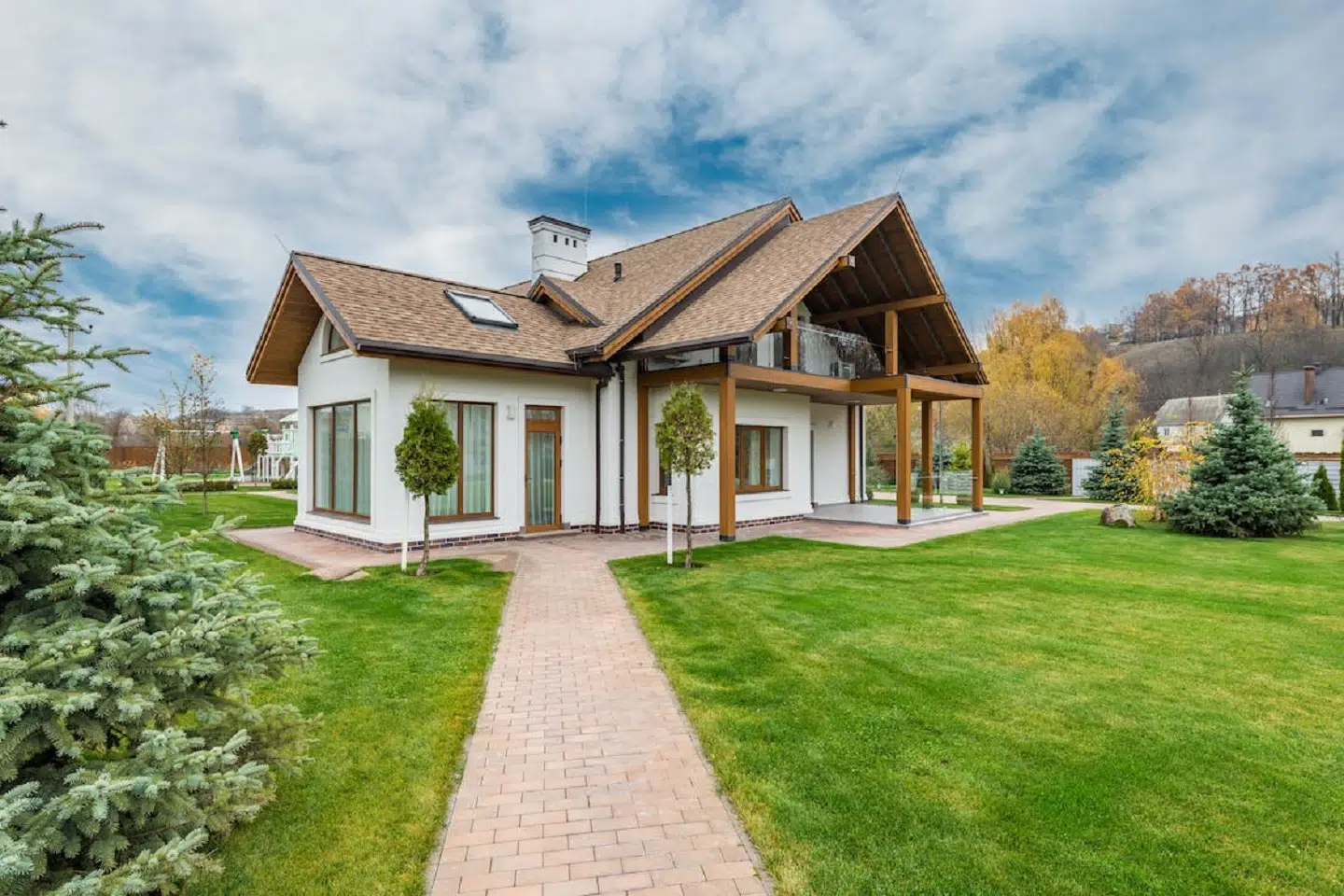
Creating a garden design layout blends science, art, and personal touch. It’s a dynamic process that involves understanding the space, selecting appropriate plants, creating rhythm and movement, establishing focal points, and balancing aesthetics and function.
But, the real allure of a garden design layout lies in its potential for transformation and growth. As seasons change and plants grow, the personality of the garden changes, making it an ever-evolving piece of art that continues to inspire and captivate.
Remember, a garden is a lively canvas, reflecting not just nature’s magnificence but also its designer’s uniqueness and creativity. Grab this opportunity to create a garden layout that truly represents you, as there are few pleasures as rewarding as watching your garden thrive.



Did you find what you were looking for?